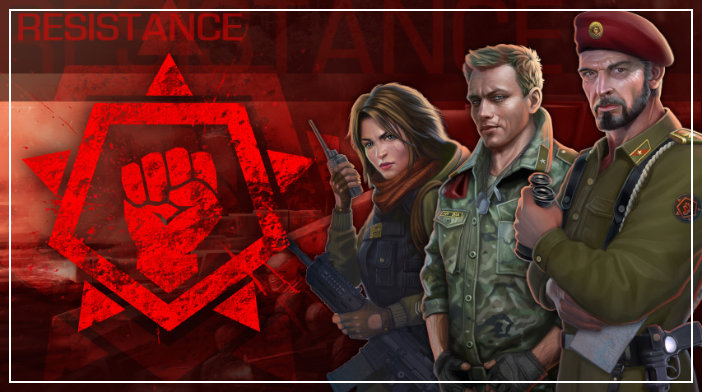
1 The military works among them included the major portions of several of the Seven Military Classics, including the Art of War. In the early 1970s archaeologists excavating the Han dynasty tomb of a high-ranking official discovered a large number of immensely valuable texts written on bamboo slips. Most of these writings were lost, but six major ones survived. 1 Campaigns became interminable and the scale of destruction was immense, consuming both men and the thoughts they had committed to writing. By the second century bc, China had already passed through a thousand years of almost unremitting conflict and had been brutally unified into a vast, powerful, and imperially directed entity. The origin of Chinese military thought probably occurred with Neolithic village conflicts four or five thousand years ago. To know one’s challenges, limitations, and external pressures is the key to success in these difficult times, as it was in the Eastern Chou dynasty. How are we going to face these issues of diminishing reimbursements? How can we determine and influence legislation on scope-of-practice initiatives? How can we continue to provide resident education with added demands of limited work hours and surgical procedures that are rapidly becoming infrequently practiced? How can we continue to provide our patients with high-quality medical care in a system that demands more cost-effective choices? How can we continue to strive for additional resident education by volunteer clinical faculty when our volunteer clinical faculty have a difficult enough time completing the current demands to keep their practices afloat? How are we going to approach the current malpractice issues? Solutions? I have none, but as I was re-reading Sun Tzu’s Art of War on this long flight to Asia, certain principles rang true no matter what the century. The basis for the need for strategic initiatives comes from not only our organization’s need for survival but also our own need for survival in practice. These objectives involve advocacy, education, integration, Tracking Operations and Outcomes for Plastic Surgeons (TOPS), emerging medical trends, and Web-based public outreach. Six themes emerged that have been integrated into strategic objectives. The original plan was completed in 2002 and recently updated in 2003. This is especially critical in these times of limited resources. Such as plan is a business discipline that provides organizations with the tools to define their futures.

In fact, several of these challenges have been nicely outlined by the strategic plan recently completed by the American Society of Plastic Surgeons (ASPS)/Plastic Surgery Educational Foundation (PSEF) executive committee. No different from in a private practice setting.Īs I read the letter again, I thought of the current challenges that face our specialty. Job security rests not only on academic productivity but also on financial stability and profitability. In both settings, costs must be met, employees paid, and deficits eliminated.

Currently California’s $38 billion deficit has all but eliminated any type of additional compensation and support historically employed in academic practice. The situation is not different in academic practice. I felt angry and at the same time frustrated by the external pressures placed on our practices over which we have little control. Years of diminishing reimbursement for surgical procedures, the rising cost of malpractice insurance, and the cost of office overhead had forced early retirement. In my hands was a recent letter sent to my stepfather from his longtime orthopedic physician. Since I had an opportunity to catch up on my reading during these long flights, my bags were especially full, as the clinically busy summer months had limited my time for such tasks.

My hands and suitcase were loaded with papers on this latest trip to Asia. As I opened the door to my black car on a recent September day, the heat rose from the interior.


 0 kommentar(er)
0 kommentar(er)
